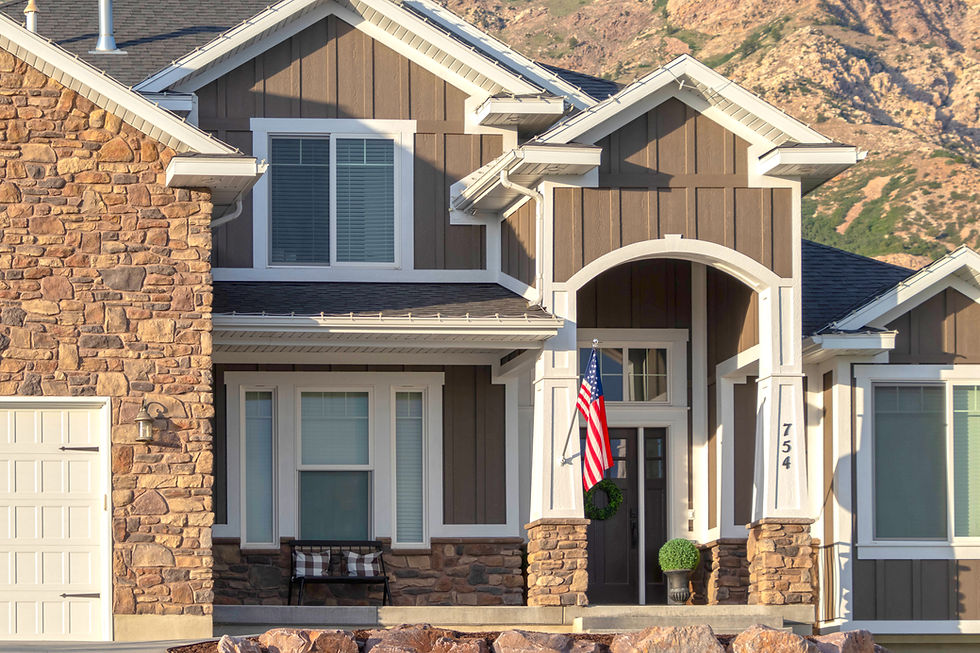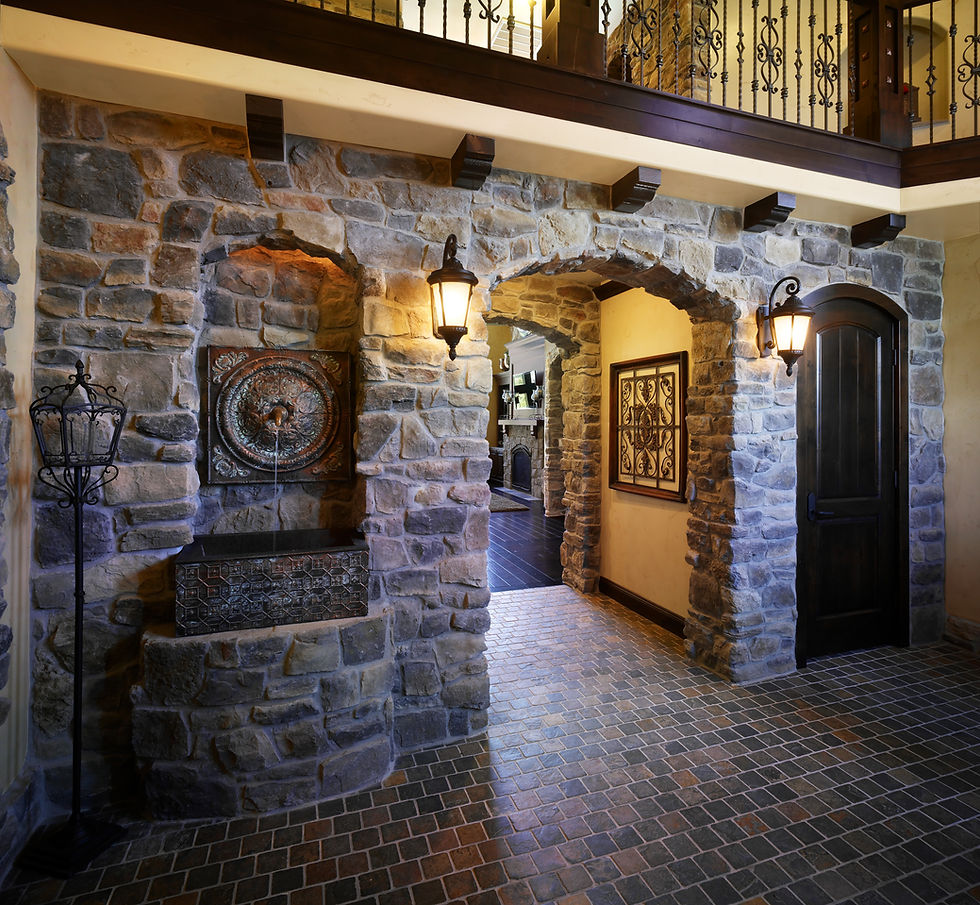How to Control Dust During Stone Veneer Installation
- SEO Team

- Oct 10, 2022
- 4 min read
Updated: Nov 3, 2022
There are a few things no one wants to deal with during any kind of home or property improvement project, and one common answer here is dust. While some dust is often unavoidable during significant projects, there are also simple ways you can go about controlling it to make sure it doesn't become too large of an issue at any point.
At Harristone, we're happy to not only offer clients the widest selection of stone veneers, stone accessories and other products in Park City and nearby areas, but also to provide simple expertise and tips on installation for any of our products. When it comes to dust control, what can you to do ensure you don't have any major issues during stone veneer installation of any kind? Here are some simple concepts to keep in mind.

Covering Walls and Furniture
For any situation where you're installing stone veneer products inside of a home or office, you'll want to make sure that all furniture is properly covered with drop cloths or another type of barrier. Walls should also be protected with something like painter's plastic, which can be taped up to keep any dust from getting on surfaces where it shouldn't be. These types of coverings will also help to protect against any potential chips or cracks that could occur during installation.
Failure to utilize these kinds of coverings could result in a lot of unnecessary cleaning later on, or worse, damage to your walls or furniture that will be much more difficult to deal with.
Dust Barriers in the Work Area
For both interior and exterior installation projects, it's also important to create some kind of dust barrier around the perimeter of the work area. This can be done with roping off the area, or simply using painter's plastic and tape to create a temporary wall of sorts that will help to contain any dust that does become airborne during installation.
As you're probably aware, stone veneer installation often involves some kind of hammering or chiseling, both of which can create a decent amount of dust. By taking the time to set up this type of barrier, you'll be able to reduce the amount of airborne particles that end up outside of the work area, making it much easier to keep the rest of your property clean.
Utilizing a Wet Saw
If you're cutting any stone veneer during installation, it's always best to use a wet saw rather than a dry one. Not only will this help to keep the amount of dust down, but it will also minimize the risk of any airborne particles becoming a health hazard.
When using a wet saw, you'll want to make sure that you're constantly spraying water on both the blade and the stone veneer itself. This will help to keep the dust from getting too out of control, and will also help to prevent dust that's produced to a minimum, but it will also allow for cleaner and more precise cuts overall.
Consider HEPA Air Scrubbers
If you're working indoors, and especially if you or someone else in your home or building has issues with allergies, asthma or other respiratory problems, it's always a good idea to have at least one HEPA air scrubber running in the area. These devices are designed to remove dust, pollen and other airborne particles from the air, and can be an invaluable tool when it comes to keeping your work area clean and dust-free.
As for where to place the air scrubber, it's usually best to put it just outside of the work area, as this will help to ensure that any dust that does become airborne is quickly removed before it has a chance to settle on surfaces or float around the room.
Regular Vacuuming
Another key to keeping dust down during installation is to vacuum regularly, both in the work area and in any other areas where you think dust might be settling. This will help to ensure that any particles that do become airborne are quickly removed, and will also help to keep surfaces like floors and carpets clean.
If you don't have a regular vacuum cleaner that's up for the task, you can always rent or purchase a commercial-grade vacuum that's specifically designed for dealing with construction dust. These vacuums are usually much more powerful than your average household model, and will do a much better job of removing any stubborn particles that might be clinging to surfaces.
Proper Dust Barrier Removal
A common mistake we see from clients during veneer installation: They do everything right in terms of setting up and maintaining dust barriers, but when it comes time to remove them, they just rip everything down without any thought or care. This is a big mistake, as it can easily result in dust getting everywhere, and can undo all of your hard work in terms of keeping the area clean.
Instead, take your time when removing any dust barriers, and be sure to vacuum or sweep up any debris that might have accumulated on the inside before taking everything down. This extra step will take a bit of time, but it will be well worth it in the end when you see how much cleaner your property is as a result.
As you can see, there are a few simple steps you can take to control dust during stone veneer installation. By following these tips, you can minimize the amount of airborne particles that end up outside of the work area, and can also help to keep your property clean and dust-free.
For more on this, or to learn about any of our stone veneer products or services in Park City, speak to our team at Harristone today.








